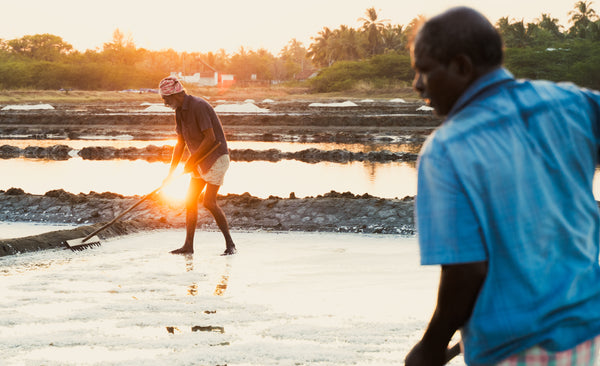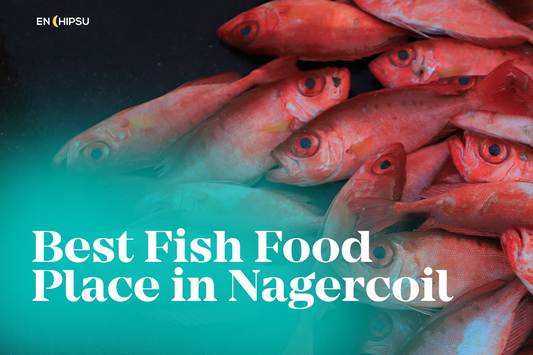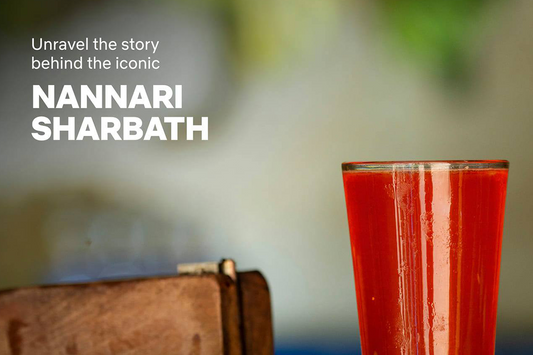Salt pans, also known as salt farms, have been an integral part of Kanyakumari's economy and culture for centuries. These salt pans are located along the coast of Kanyakumari, where the sea water is evaporated to produce high-quality salt. In this blog, we will take a closer look at salt pans in Kanyakumari and their significance.
Salt pans in Kanyakumari are typically small, shallow, and rectangular ponds or fields that are constructed near the coast. These salt pans are filled with seawater during high tide, and as the water evaporates due to the heat of the sun, the salt is left behind. The salt is then collected and sold in the local markets or exported to other countries.
One of the unique aspects of salt pans in Kanyakumari is the use of traditional methods for harvesting salt. The salt pans are typically managed by local communities, who use traditional tools like wooden rakes to collect the salt. This process is not only environmentally friendly but also ensures that the salt is of high quality and free from impurities.
Another interesting aspect of salt pans in Kanyakumari is their role in the local economy. The salt produced in these salt pans is an important source of income for many families in the region. The salt is sold in local markets and is also exported to other countries, generating significant revenue for the local economy.

Moreover, salt pans in Kanyakumari have cultural significance as well. They are often depicted in local art and literature, reflecting their importance in the local culture. Additionally, salt pans are also a popular tourist attraction in Kanyakumari, attracting visitors who are interested in learning about the traditional methods of salt production.
However, salt pans in Kanyakumari face several challenges, including climate change .Rising sea levels and changing weather patterns have made it difficult for salt pan workers to predict the timing of high tides, which affects the amount of salt that can be harvested. Additionally, pollution and habitat destruction have impacted the local ecosystem, affecting the quality of seawater used in salt production.

In conclusion, salt pans in Kanyakumari are an important part of the region's culture and economy. They provide a sustainable source of income for many families in the region and are a unique example of traditional methods of salt production. However, they also face significant challenges, highlighting the need for sustainable practices and environmental conservation efforts. You can find Salt Pans near Puthalam Village. As visitors, it is important to respect the local culture and support sustainable practices to preserve the beauty and importance of salt pans in Kanyakumari.




